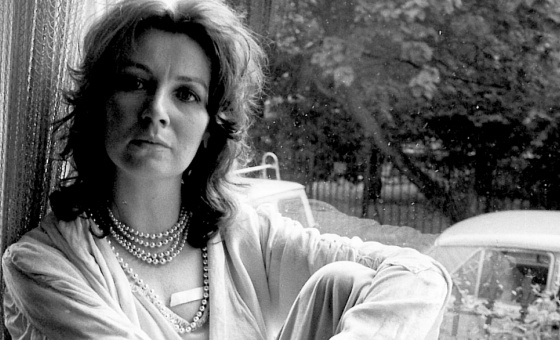This is the last article you can read this month
You can read more article this month
You can read more articles this month
Sorry your limit is up for this month
Reset on:
Please help support the Morning Star by subscribing here
JAMES CALLAGHAN secretly urged officials to find a way to get rid of left-leaning trade union leaders “by one means or another,” newly released official papers reveal today.
While home secretary in the late 1960s under Harold Wilson, Mr Callaghan was deeply concerned about the rise of “politically motivated” trade unionists, files released by the National Archives show.
Of particular worry to the future prime minister was Hugh Scanlon, the socialist leader of the Amalgamated Engineering Union, and Transport and General Workers Union head Jack Jones.
In a note of a 1969 meeting, marked “secret and personal,” Mr Callaghan and various senior civil servants discussed undermining trade unionists with suspected communist sympathies through regular briefings and leaks to the press that would humiliate the individuals in question.
In the meeting with cabinet secretary Sir Burke Trend, Department of Employment head Sir Denis Barnes and senior Home Office official James Waddell, it was noted that “it might be possible by one means or another” for “the more ‘politically motivated’ trade union leaders” to be “supplanted by others more orthodox.”
Mr Barnes suggested that a “useful and productive” attempt to undermine the left-leaning trade union leadership would be through “inspired leakages,” particularly related to “detailed exposure” of Mr Jones’s behaviour.
However, there is no further evidence that officials acted on these suggestions. They may have feared stirring further controversy after the row that erupted when Mr Wilson branded the 1966 seamen’s strike as the work of “a tightly knit group of politically motivated men.”
The files also show how, in 1974, BBC director-general Charles Curran invited the Information Research Department, a cold war counterintelligence service, to brief the corporation’s governors on “subversive movements” seeking to “influence” broadcasting.
The files also show that Mr Wilson was not the only prime minister concerned about subversive influence.
In 1985, Margaret Thatcher authorised the revival of the secretive Whitehall Subversion in Public Life committee – which included MI5 representatives – amid fears that Trotskyite group Militant Tendency was trying to infiltrate the Civil Service.
The prime minister was said to be “somewhat disquieted” to be told that there were an estimated 1,400 Militant members in the Civil Service – some in management positions.
She believed that managers needed to be “very ready to sack subversive troublemakers if they showed any cause under Civil Service rules,” wrote her private secretary Nigel Wicks.











